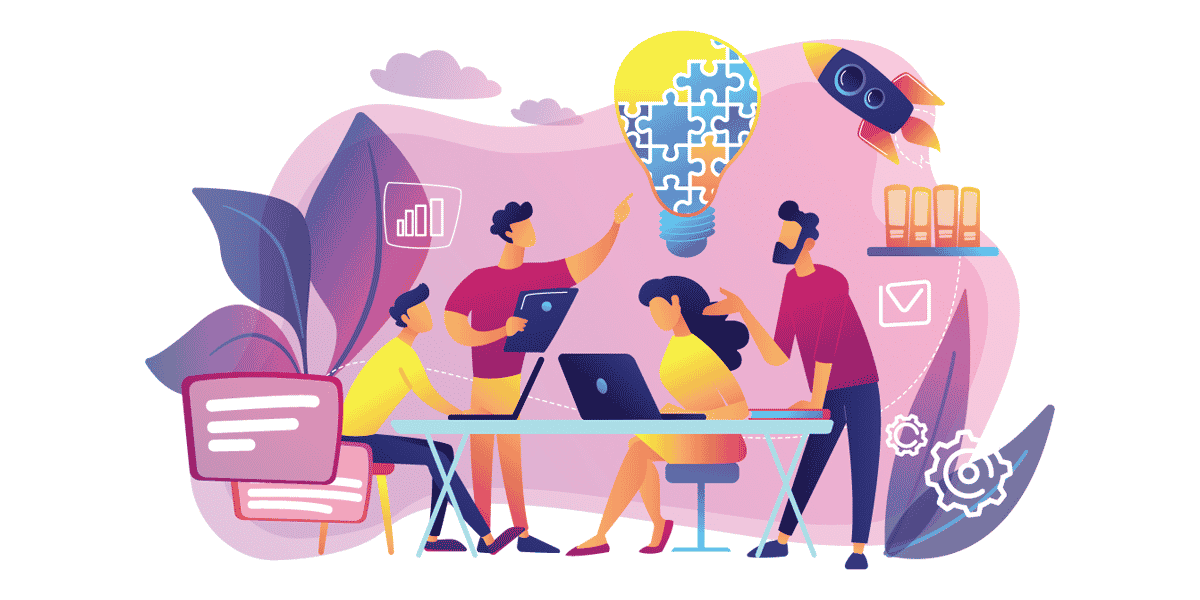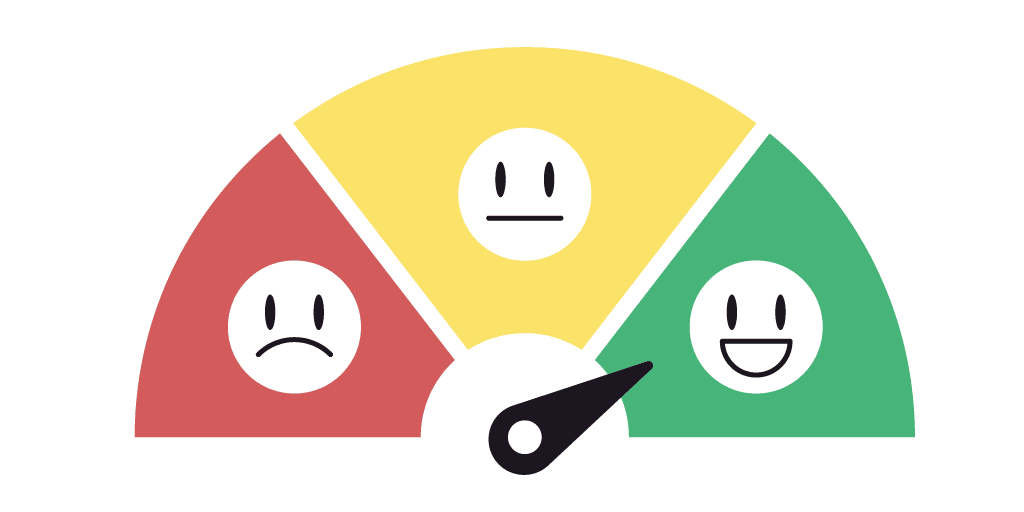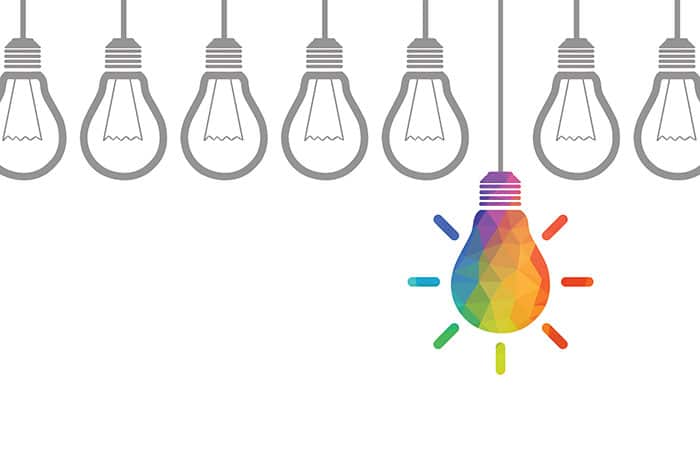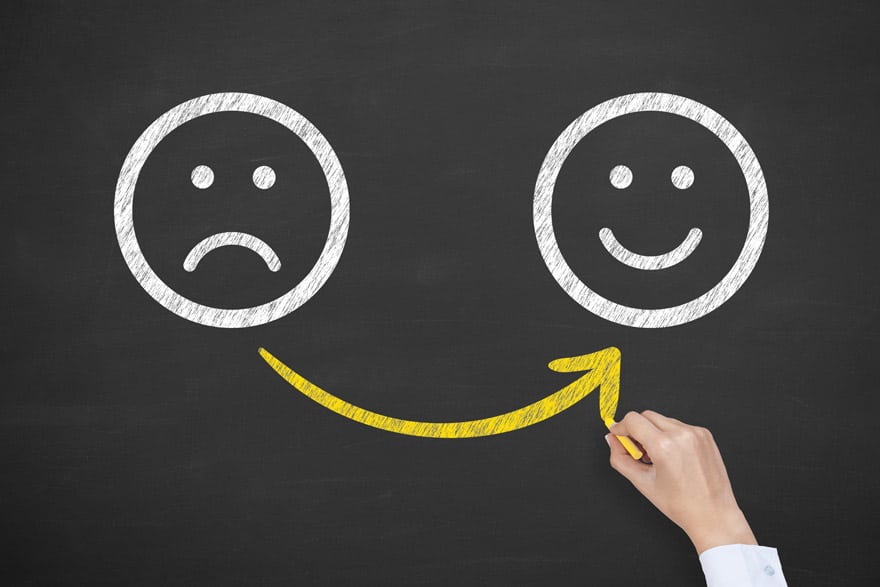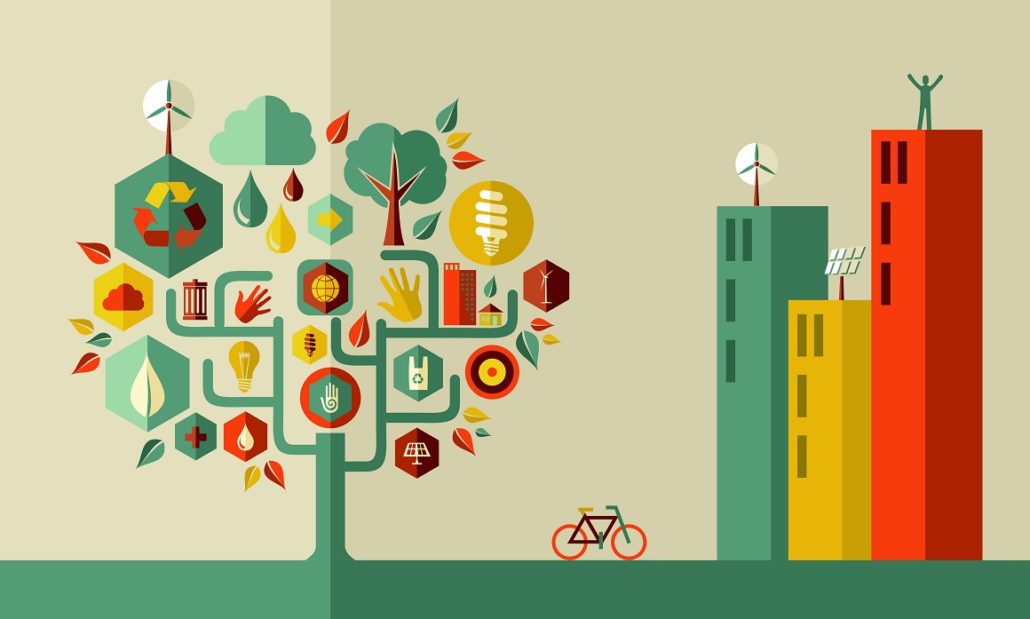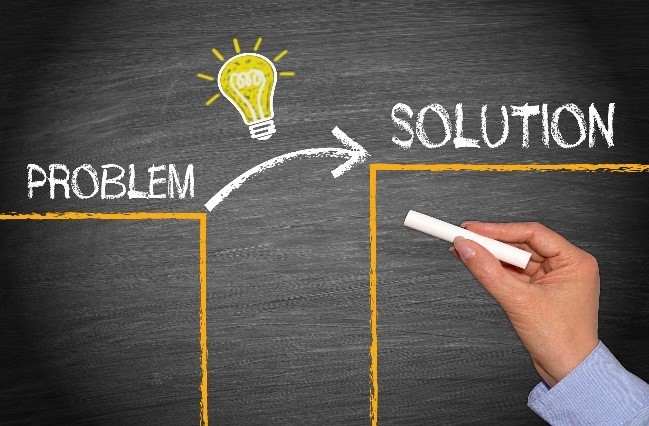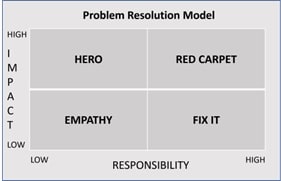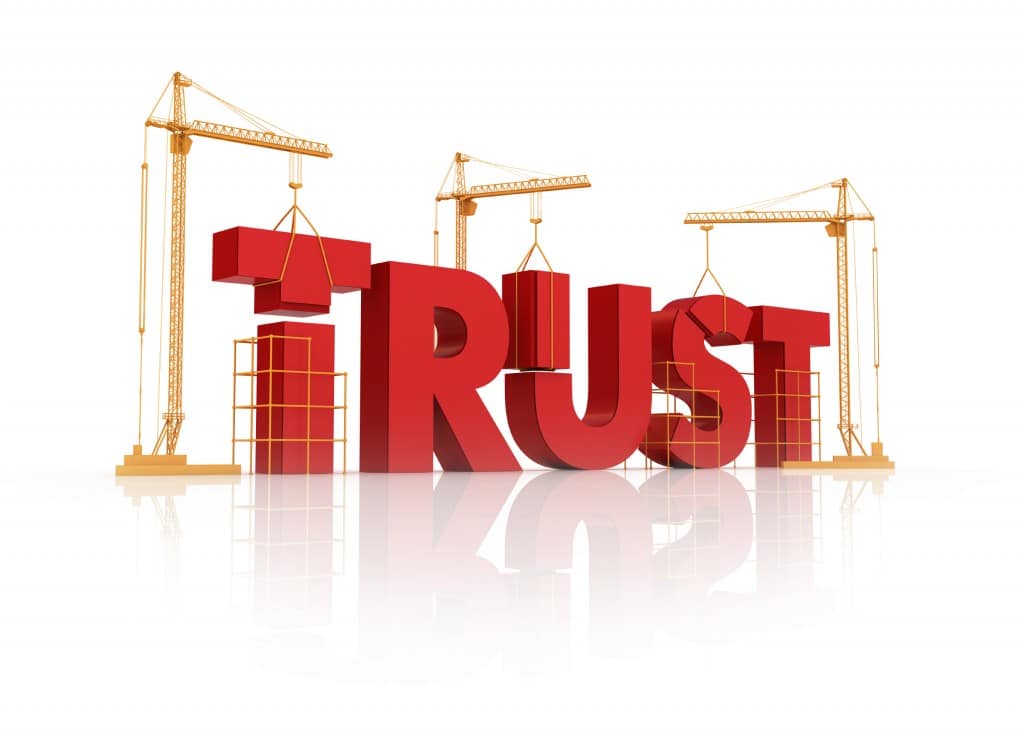
We are social beings and find isolation challenging. This simple statement is well understood, yet the damaging nature of a lack of interaction and connection with others seems underrepresented and underestimated.
The impact of the COVID-19 pandemic brought to the forefront issues of isolation and loneliness. It highlighted the stress we feel when our sense of community and connection is taken away. The impact can be immediate and is detrimental to varying degrees. Our mental health and sense of well-being is affected as well as our personal and professional relationships.
Hybrid work is now becoming a new reality for many organizations. So how can we build a sense of community among different people that aren’t necessarily inhabiting the same physical space?
Why stress matters
Stress comes in many forms and is a natural reaction to feeling threatened or under pressure. The great philosophers suggest we need a certain amount of eustress to feel pushed and driven to overcome the challenges of life. However, too much stress seriously impacts our health, both physical and mental.
We might feel anxious, doubt our self-worth, feel irritable and be unpleasant to be around. All these things affect our ability to work well in teams and further push us towards greater isolation and loneliness. Loneliness and lack of connection are distressing, causing greater levels of stress that, in turn, create behaviours that result in further isolation. It is a vicious downward spiral.
Even before the Covid pandemic, stress related illnesses were a leading cause of hospital admissions in the UK, costing over £8bn in 2019.
Getting connected
In a pre-pandemic world, in countries like UK, we are likely to spend 9 and half years over the course of our lifetimes in the company of the people we work with. If workplaces no longer provide this connection, we will become distanced from one another. The part of us that desires a sense of community, that doesn’t want to be isolated, might start to feel stressed in this situation.
Good company culture isn’t just about employees doing a job. Its about connecting employees to an overarching sense of meaning and purpose, that makes them valued, involved, and fulfilled, while working with others to achieve a goal.
There is nothing wrong with having a strong individual work ethic. Some people are better equipped to work alone. But individualism has its limitations. No matter how frequently you might hear workplace rhetoric about being ‘the only person for the job’ or ‘doing it myself, because others won’t get it right’, ultimately, performance is delivered by people working with other people.
Building community
Building community within any organization is about more than an office pizza day or a zoom coffee morning check in session. Henry Mintzberg highlights the importance of ‘communityship’ Rebuilding Companies as Communities (hbr.org) and shares these lessons:
1. Community building in an organization may best begin with small groups of committed managers.
2. The sense of community takes root as the managers in these groups reflect on the experiences they have shared in the organization.
3. The insights generated by these reflections naturally trigger small initiatives that can grow into big strategies.
4. As these initial teams promote change, they become examples for other groups that spread communityship throughout the organization.
5. An organization knows that communityship is firmly established when its members reach out in socially active, responsible, and mutually beneficial ways to the broader community.
In summary, Minzberg refers to a healthy society balancing leadership, communityship, and citizenship.
I can relate this concept of communityship to several roles in corporate organizations and cultural transformation projects. In all these situations, the goal was to create a strong sense of community spirit, for every member of the team to feel a sense of belonging and value, and to be proud of what the team was achieving. There were several pillars that enabled this. They might have looked different for different situations but shared these common underpinnings:
1. A clear, well communicated statement of the team vision
2. The importance of every person’s contribution
3. Interdependence
4. Everybody had a voice even if not everyone could decide
5. Acknowledgement of the person (not just the role they performed)
6. Respect and support collective decisions (even if you do not agree personally)
7. Recognise and celebrate achievements
8. Share disappointments and learn for next time
9. Equity and no ‘seniority privilege’
These principles have been applied and been effective in a single business unit, multi-site organizations, a large global organization in different locations around the world and even in ‘extended team’ settings such as supply chain service partner groups.
This collection of research in the area will be an interesting follow on read for those who are curious to know more Workplace Communities: The Research (cultivateall.com)
SERVICEBRAND
At SERVICEBRAND Global, we believe in creating a sense of community in organizations. The SERVICEBRAND approach and associated tools and techniques enable this. When your business runs in an interconnected way, your employees will be happier, more motivated, and far more efficient and productive. They will be loyal and proud ambassadors for your business. If you are struggling to build a strong company community, why not see what SERVICEBRAND Global can do for you?


